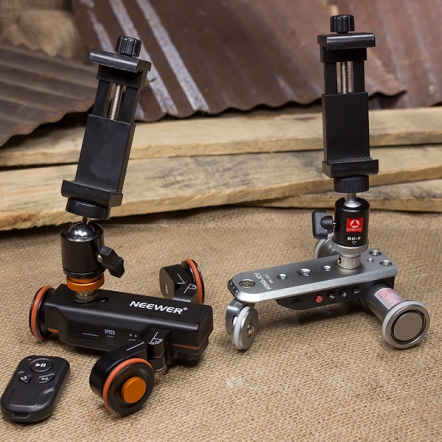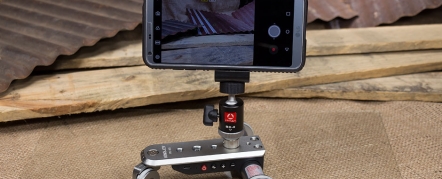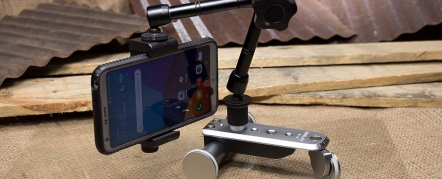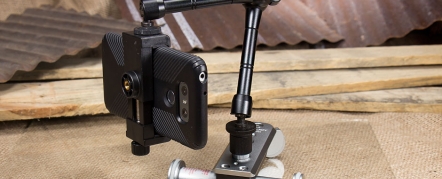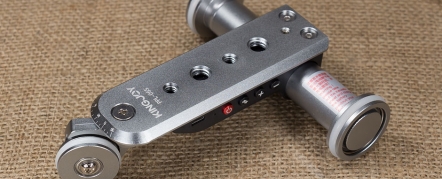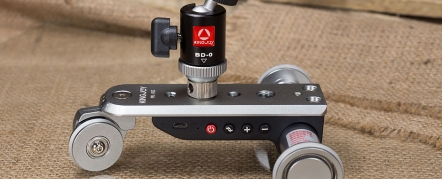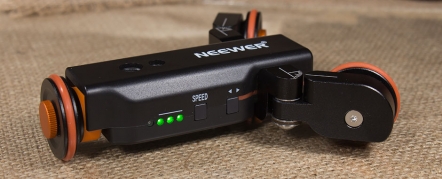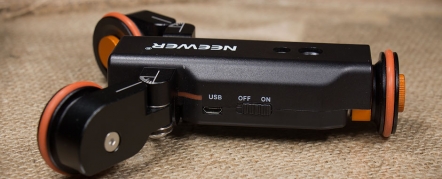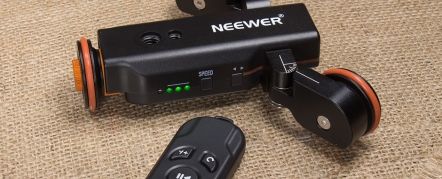Smartphone Video In Model Railroading
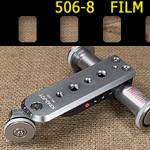 As a rule, I tend not to write articles on topics I’m unfamiliar with but today I’m breaking this trend as I talk about getting our model train work captured on video and shared online. Not only am I unfamiliar with video work, but smartphones too. So this is sort of a double “I’m not sure what I’m doing” article. What could go wrong?
As a rule, I tend not to write articles on topics I’m unfamiliar with but today I’m breaking this trend as I talk about getting our model train work captured on video and shared online. Not only am I unfamiliar with video work, but smartphones too. So this is sort of a double “I’m not sure what I’m doing” article. What could go wrong?
Until a short time ago, I had never owned a smartphone. I work from home and never really saw the need for one. Recently though the idea of the phone did appeal to me for the camera as much as the phone itself. Being able to take quick photos for my train related social media accounts seemed a good idea. I’ll spare you lots of the decision making process I went through on which phone to buy, but as I wasn’t even sure if I’d keep the phone activated, I wanted to keep it very low cost with no contract.
I decided on a used and unlocked LG G6 phone. This was, according to most online sources, a flagship phone in 2017 with a solid, if not spectacular, camera. It cost me under $100 and arrived without a scratch on it, so there’s a win.
Now I’m very comfortable with traditional DSLR photography, and I shoot most of my photos tethered to my computer. This means I rarely look at a tiny camera LCD screen as all of my camera controls and images appear on a pair of 27” monitors on my desktop. Nice. Phone cameras are just a bit different, aren’t they?
I’ve been playing with this phone for about a week now and the first thing I realized is that due to the tiny camera sensor, low light is not your friend when shooting photos or video. Newer phones are obviously better in this regard, but low light work will always be a struggle, regardless of the camera. Going forward I believe I can improve my results in a number of ways such as more manual camera control, third party camera apps, very careful lighting, post processing and noise reduction, etc.
What I’d like to talk about today though is camera motion, specifically through the use of small motorized camera dollies to add visual interest to my videos. With model trains, we already have the motion of the trains running but I’ve always liked interesting dolly shots too. As a result, I’ve ended up with a pair of these dollies and I’d like to now touch on both of them, and why I bought these two specific units.
First up is the Kingjoy PPL-06S Electric Camera Slider, I just call it a dolly. I believe this this is one of the earlier designs in the market and it got very positive reviews when it was first released. It comes with a mini ball head camera mount, spare rubber wheels and a USB cable for charging up its internal battery, which is housed in the axle. A nice little package.
I popped my camera in to a phone mount (not included with either of these dollies) and got started. I was less concerned about the actual content of picture quality of the video (as I’m new to video and have appropriately low initial expectations!) and more concerned with just how smooth the picture looked when the dolly was rolling. This Kingjoy dolly has 5 motor speeds and I found all of them worked well and the video looked good. I have to say, I was pleasantly surprised!
One note, I run both of these dollies of a sheet of scrap glass to give me the smoothest results possible.
This Kingjoy dolly can also be made to run in circles, so to speak. The front wheel can be adjusted to let the dolly turn while running. This is where I ran in to an issue with this design. Anything more than a very gentle turn radius will cause the unit to shudder, shake and not go in the direction you intended. This dolly has one powered wheel on its main axle and as a result (I’m assuming), smooth tight turns were not possible for me. Ok, so we’ve got great slow speeds, “iffy” at best on tight curves.
Having a slightly obsessive nature, I looked around at dolly alternatives and came across the NEEWER Motorized Dolly. This, I thought, had a much more interesting design as all three wheels can be adjusted independently. As a bonus, it comes with remote control for speed and direction. I’m always a little wary of these tiny remotes on many devices as, in my experience, they can just stop working for no apparent reason. Still, the three adjustable wheel configuration won me over and I ordered one.
LG G6 | Dolly Video Test
No trains, just some cardboard and a dolly.
Much like with the Kingjoy unit, I popped the phone on top (using a separately purchased mini ball head mount) and let her rip! Great news, this unit can make incredibly tight turns without a hint of shake or shudder. Bad news (you knew this was coming, right?), the slowest speed on this multi-speed dolly is much faster then I’d like, especially for close-up shots. Things in frame tend to zoom by a little too quickly and lose that nice, slow quality of movement.
LG G6 | Dolly Video Test
Not terribly exciting, just another test!
Since I can’t combine the best qualities of these two dollies together in one unit, I’ve decided to keep both of them. I can see the need for both slow gentle dolly movement on slight curves, as well as sharper curving shots and overall higher speeds.
I’m really just at the very beginning of my video life here, so these seconds-long tests are naturally rough. Rather than use Final Cut Pro on my Mac to tweak the videos, I just used iMovie to assemble the clips quickly and tack on some YouTube royalty free music to begin to get a feel for the process.
For being the little “toys” that they are, these little dollies are actually kind of fun and more important, I can see real value to them in creating some nice videos. On the phone camera, before too long I can see myself picking up a little 4K mirrorless camera for superior low light video performance. It makes more sense however to learn a bit about all the things that go in to producing a good video before I look to replacing my tools!
Category: Useful Tools




